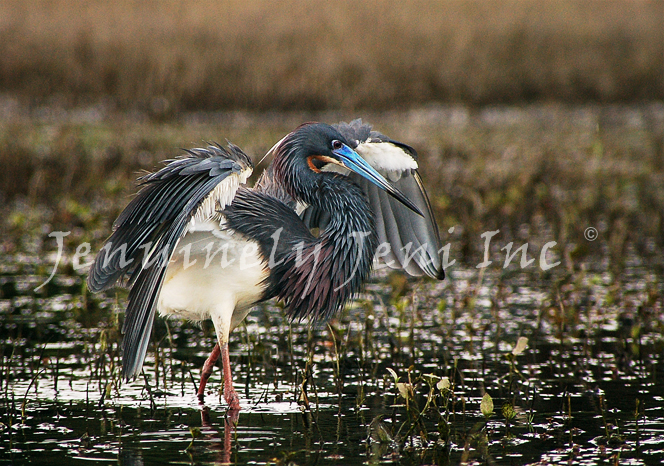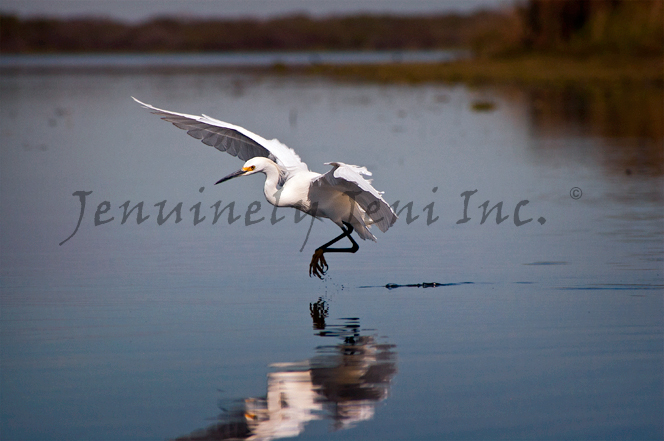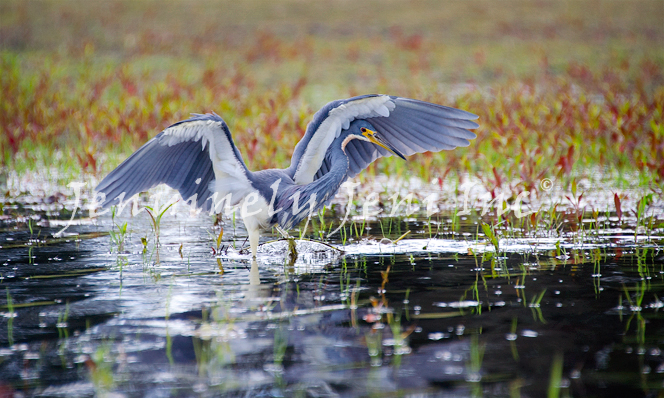I have always been captivated be the natural world. As a child I spent every moment I could in the woods capturing salamanders, toads, and any other various creatures I happened across. Today wildlife remains my favorite subject for photography. From interesting insects to great brown bears; my time spent outside or on vacation is often filled with snapping pictures. Each animal, bird or insect has their own unique allure, though few can match the grace and splendor of cranes and herons. Countless hours in the swamp have left me with a great admiration for these creatures along with the desire to capture the moments of beauty these subjects unknowingly provide.
My goal in wildlife photography is to portray a more unusual perspective whether it be through the use of abstraction or catching an interesting perspective on normal behavior such as hunting, grooming, or interacting with another or the environment in some way. I have spent countless hours following a subject quietly and as discreetly as possible to allow for relaxation and wait for the proper moment when a composition of beauty and intrigue inspires me to start shooting.
Some of the most interesting birds to study through a camera lens are naturally the more active hunters. The tricolored heron and the snowy egret are among the most lively though their individual hunting styles vary quite a bit. The Tricolored heron, a small brightly colored heron found throughout Florida and along the southern and eastern coastlines of America, uses a technique known as canopy feeding to elude their prey. The strategy behind canopy feeding entails shading the water with their outstretched wings hoping small fish will seek refuge from the sun and swim into the shade they provide. The heron will hide the reflection of his neck and beak by tucking his head up under one wing and when a fish is in sight he strikes! Canopy feeding is only one hunting method employed by the tricolored heron, they are frequently seen feeding in the slow hunt and peck style used by almost every variety of shore birds. Although when they choose to use this creative approach to catching fish the movement becomes a dance performed in rhythmic circular patterns. I have often thought the little herons looked like wind up dolls, spinning in circles among the tall grass and lilies of the swamp. The dance is quite graceful with a medium tempo and distinct pattern that is from what I can tell unique to the tricolored heron.
Another one of the more compelling aspects of the tricolored heron is their natural ability to change colors for mating season. This is by no means a slight shift in color, but rather a dramatic transformation. The beak and legs of this bird remain yellow for the majority of the year until some time in early spring when their beak takes on a stunning almost iridescent blue hue (all but the back tip) and their legs become a rich pink tone.

In comparing hunting methods, the Snowy Egret, on the other hand, utilizes a fast paced rumba, spinning and leaping through the air like a ninja. In my experience somewhat harder to sneak up on than the tricolored heron, though each individual does vary. These small egrets do not exclusively feed in this style, though it is quite a common behavior to witness. Each step of this fierce dance is full of unique characteristics and can be beautifully captured on film with stunning results. Any wildlife photography enthusiast can find hours of intrigue in just one tolerant heron. Interestingly each pose can come across quite different when viewed as a still print. One such shot of a snowy egret with outstretched wings appears on my website against the rich contrast of a black background. I think the single frame of the crane’s outstretched wings conveys a more gentle and quiet sentiment rather than the jerking, spirited dance that was in reality taking place at the time I shot the picture.
When photographing these particular birds I have found that my best shots are almost always taken from a kayak while floating along with them in the swamp. Traveling by boat allows for a different perspective and perhaps the birds feel less threatened by those in their own environment. I have been able to get quite a bit closer to these birds while they hunt when traveling by kayak.
To me wildlife photography is a wonderful way to explore nature while continuing my artistic pursuits, creating images of beauty to reflect a world rich with wonder.

